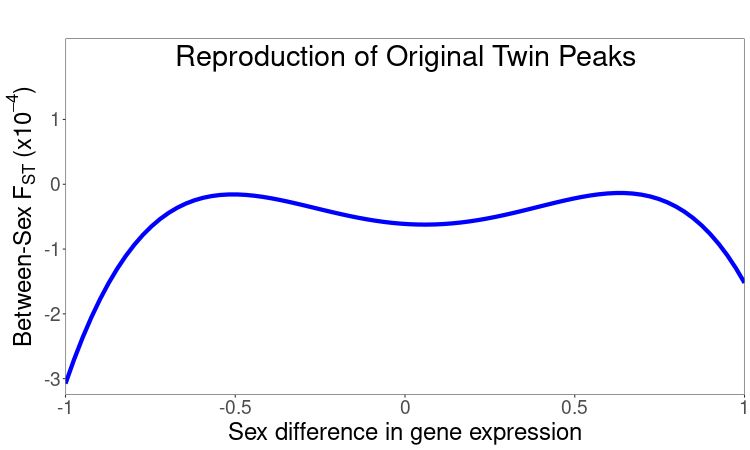Posts
Media
Videos
Starter Packs
Matt Ming
@mattjming.bsky.social
· Jan 14
Matt Ming
@mattjming.bsky.social
· Jan 14
Matt Ming
@mattjming.bsky.social
· Jan 14
Matt Ming
@mattjming.bsky.social
· Jan 14
Matt Ming
@mattjming.bsky.social
· Jan 14
Matt Ming
@mattjming.bsky.social
· Jan 14
Matt Ming
@mattjming.bsky.social
· Jan 14
Matt Ming
@mattjming.bsky.social
· Jan 14
Matt Ming
@mattjming.bsky.social
· Jan 14
Matt Ming
@mattjming.bsky.social
· Jan 14
Matt Ming
@mattjming.bsky.social
· Jan 14

No evidence for sex-differential transcriptomes driving genome-wide sex-differential natural selection
We assess the evidence for a genome-wide relationship between sex differences in gene
expression and sex differences in natural selection. We develop an improved model
for testing this association but...
www.cell.com



